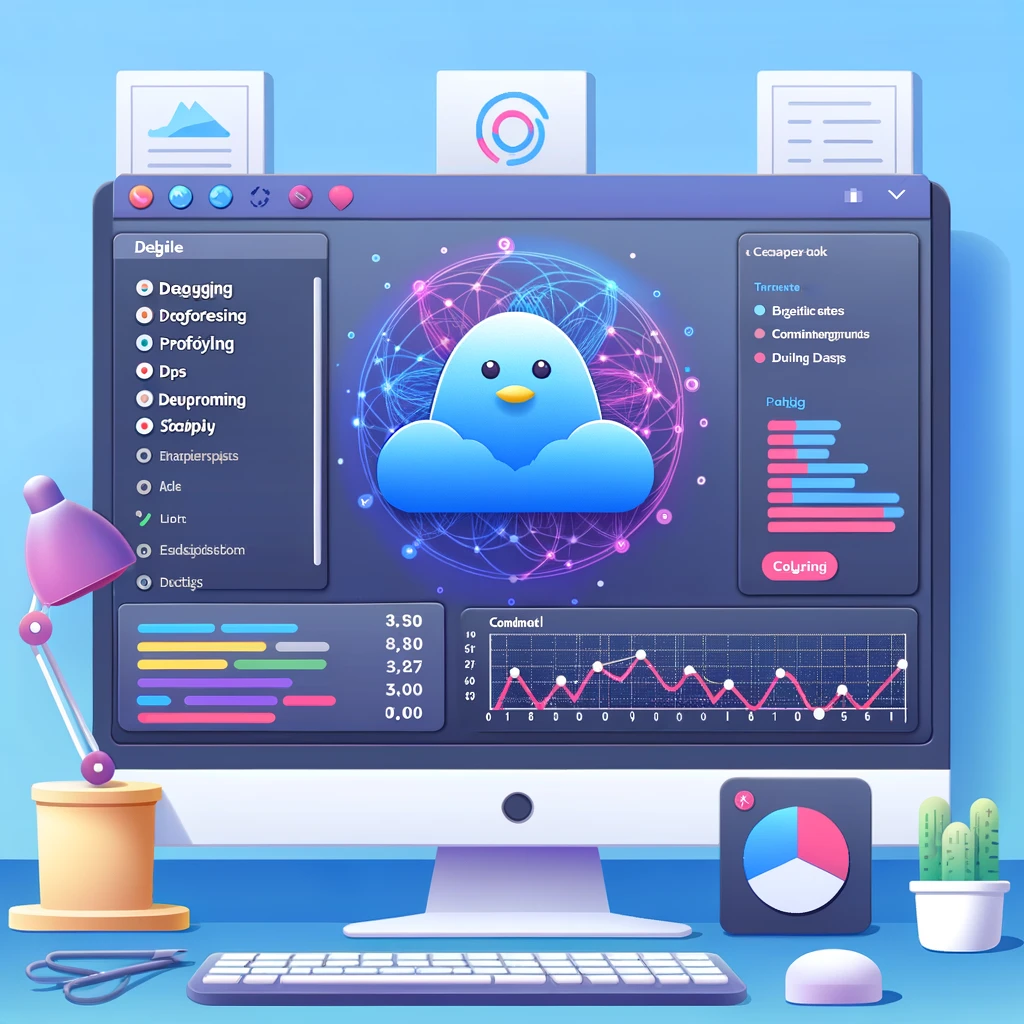Introduction
Debugging and profiling are essential skills for any Flutter developer. This guide covers tools and techniques to debug and profile your Flutter apps effectively.
Table of Contents
Debugging Tools
- Dart DevTools:
- Provides a suite of performance and debugging tools.
- Flutter Inspector:
- Visualize and explore the widget tree.
- VS Code and IntelliJ Plugins:
- Integrated debugging support.
Common Debugging Techniques
- Print Statements:
- Use
print()for quick debugging.
- Use
- Breakpoints:
- Set breakpoints to pause execution and inspect variables.
- Error Handling:
- Catch exceptions and handle errors gracefully.
Learn more in our Flutter Error Handling guide.
Profiling Tools
- Dart DevTools Profiler:
- Analyze the performance of your app.
- CPU Profiler:
- Identify CPU-intensive operations.
- Memory Profiler:
- Monitor memory usage and detect leaks.
Analyzing Performance
- Frame Rendering Time:
- Aim for 16ms per frame for smooth animations.
- Startup Time:
- Minimize initial load time.
- Network Performance:
- Optimize API calls and data fetching.
Best Practices
- Optimize Build Methods:
- Avoid heavy computations in the
build()method.
- Avoid heavy computations in the
- Use Lazy Loading:
- Load data and resources as needed.
- Profile Regularly:
- Regularly profile your app to catch performance issues early.
Conclusion
Effective debugging and profiling are key to maintaining high-performance Flutter apps. Utilize the tools and techniques discussed to ensure your apps run smoothly and efficiently.


